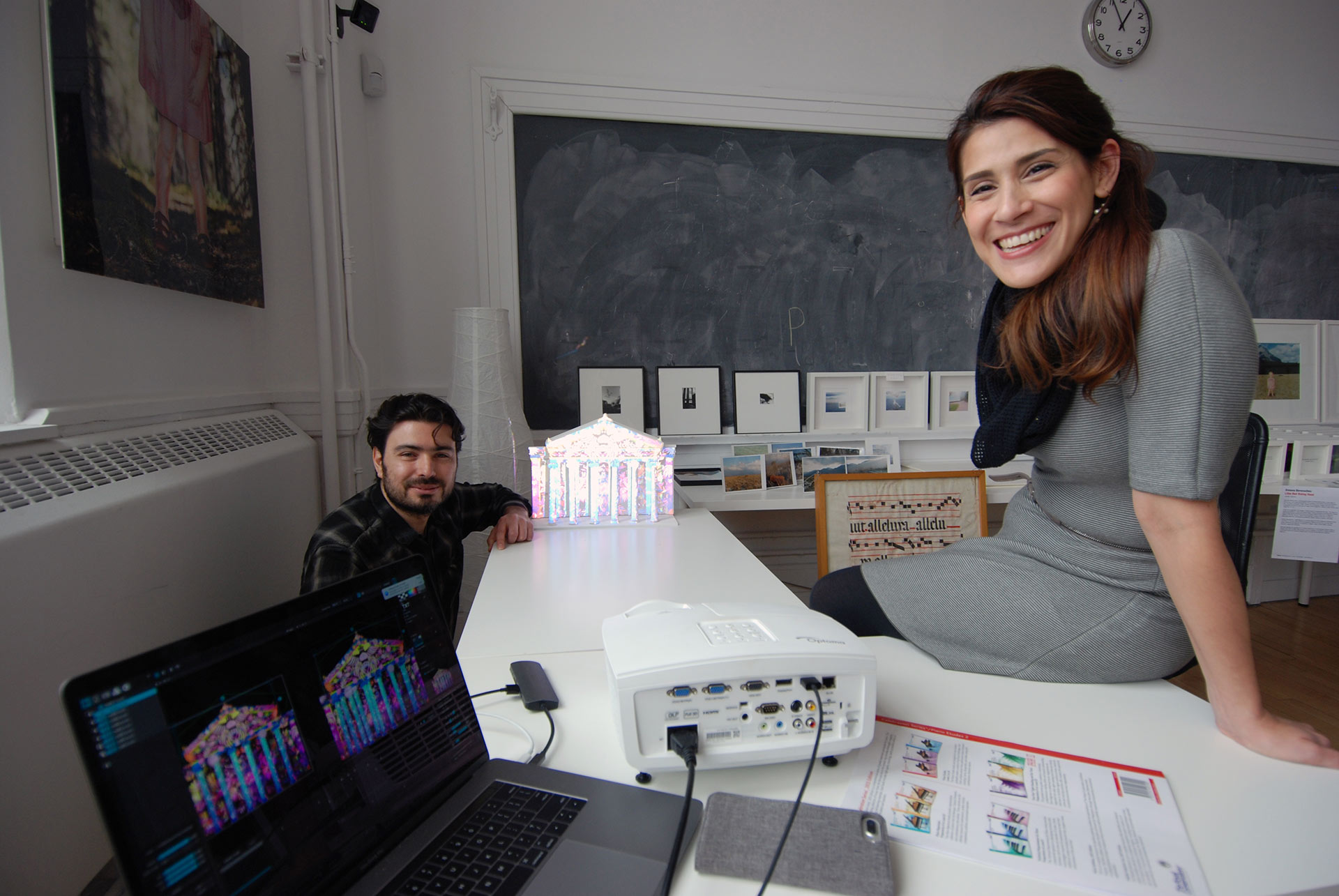“We have a special connection to Toronto. There’s a market here that allows us to reach North America — the capacity to grow is exponential,” Lopez said. In addition, “Seneca continues to open the door for us. It allows us to explore outside the box by providing us with the skills we need. Going to Seneca is an experience that will make you grow.”
In fact, in 2007, Seneca brought the couple back together after they had broken up in Mexico, where they met while studying graphic design. At the time, Lopez chose to further her studies at Seneca and Narvaez stayed behind for a job offer. After he realized it was “a huge mistake,” Narvaez enrolled in the same program at Seneca to join Lopez.
“We were both interested in learning about motion graphics, but no one was teaching that in Mexico back then,” Narvaez said. “When we found Seneca’s Visual Effects for Film & Television program, we knew it was exactly what we wanted to learn.”
Following graduation, the couple stayed in Toronto and worked for companies like E!, Much and Sportsnet. They got married in 2008; their first daughter was born in the city. Upon returning to Mexico in 2010, they set up their company and worked on award-winning short films, broadcast design and motion graphic pieces. Since 2011, they’ve specialized in creative applications for projection-mapping techniques, placing first at the Amsterdam Festival of Lights, second and third in the most important mapping festival in Asia — in Niigata, Japan — and third at the Moscow Festival of Lights, among other competitions.
“With these powerful projectors, you can transform a space and have an
amazing experience — you can create optical illusions on the façade of a
building,” Narvaez said.

